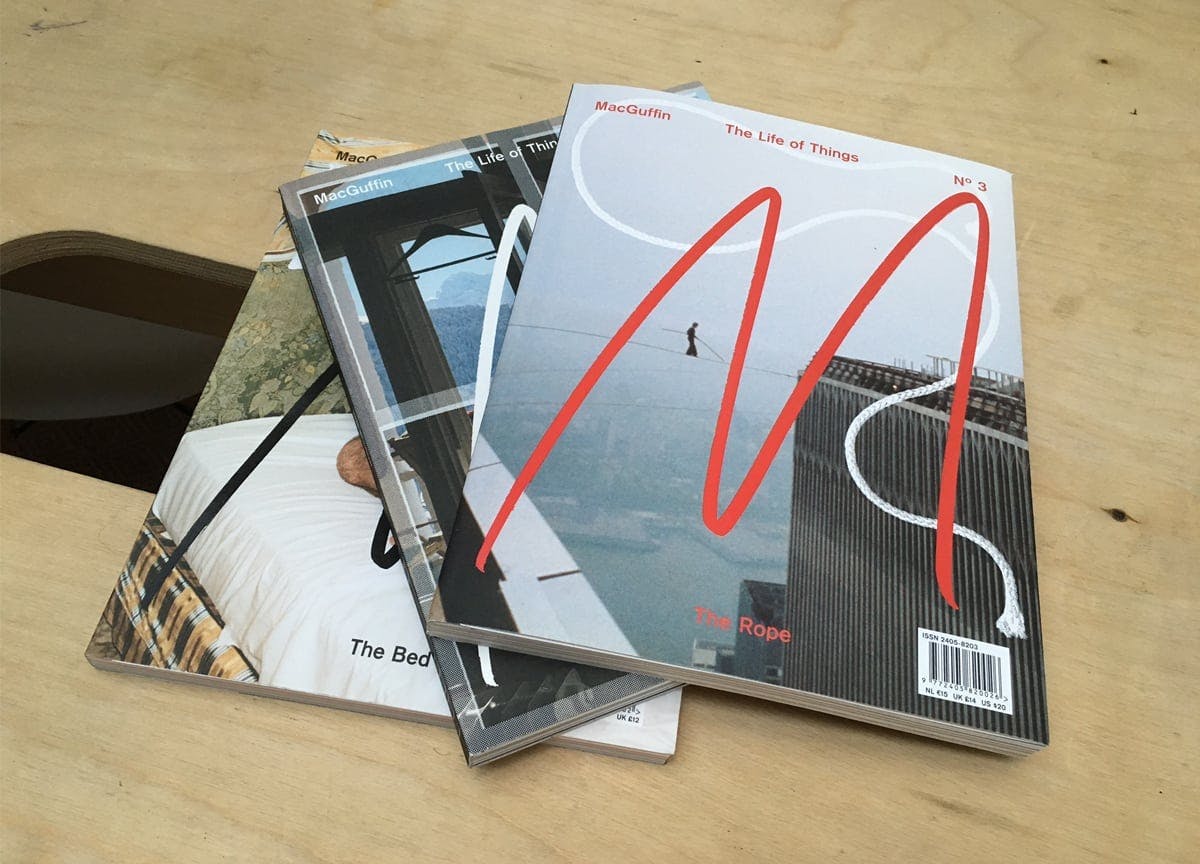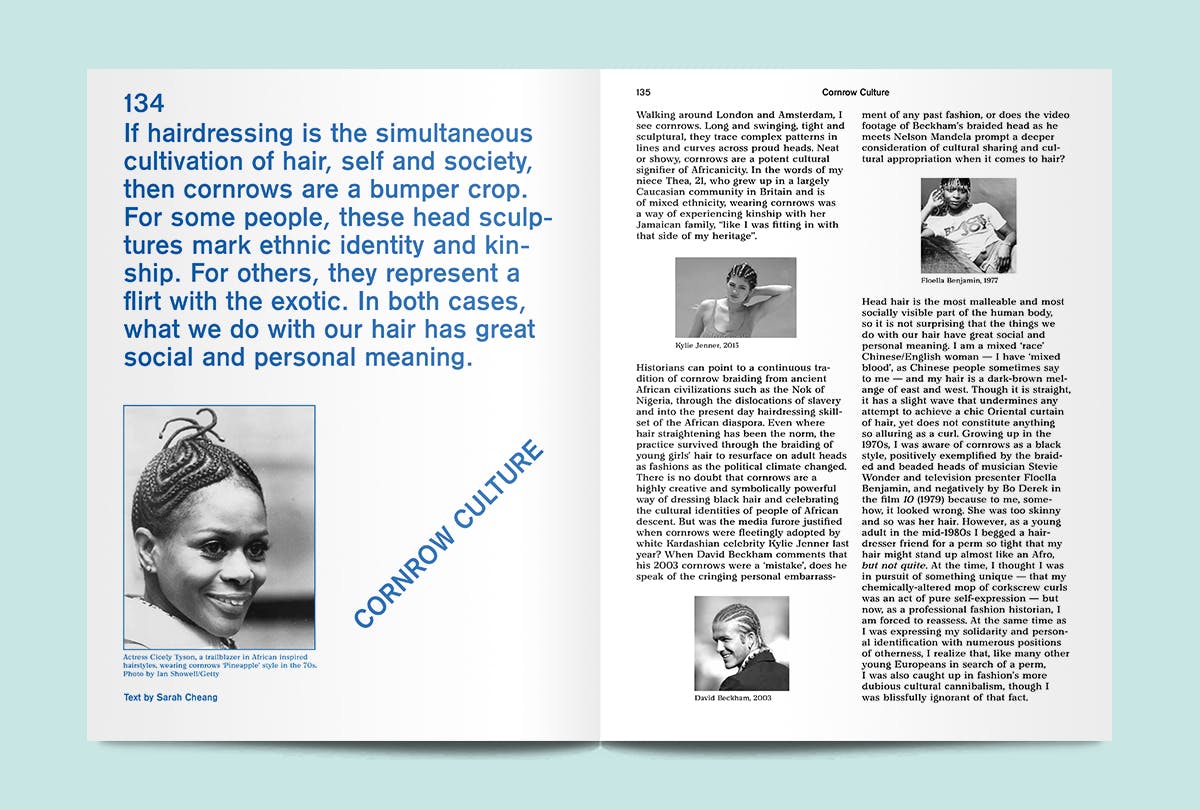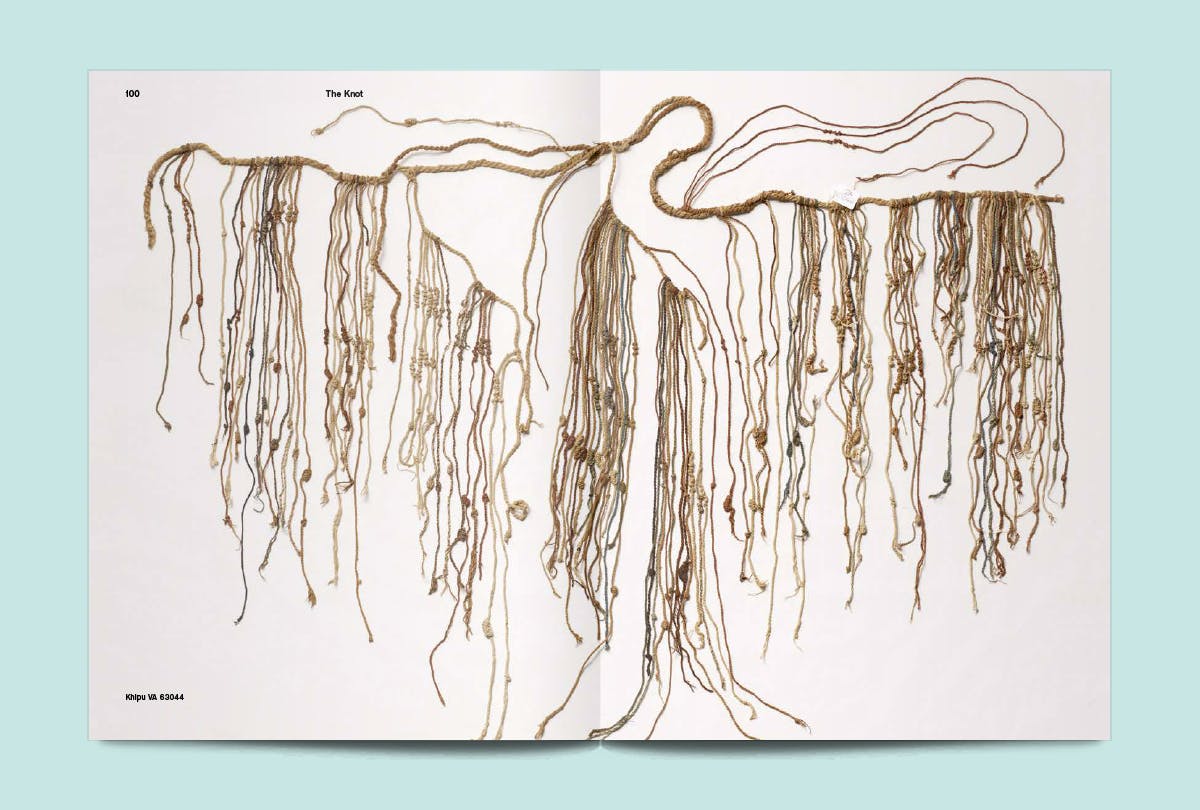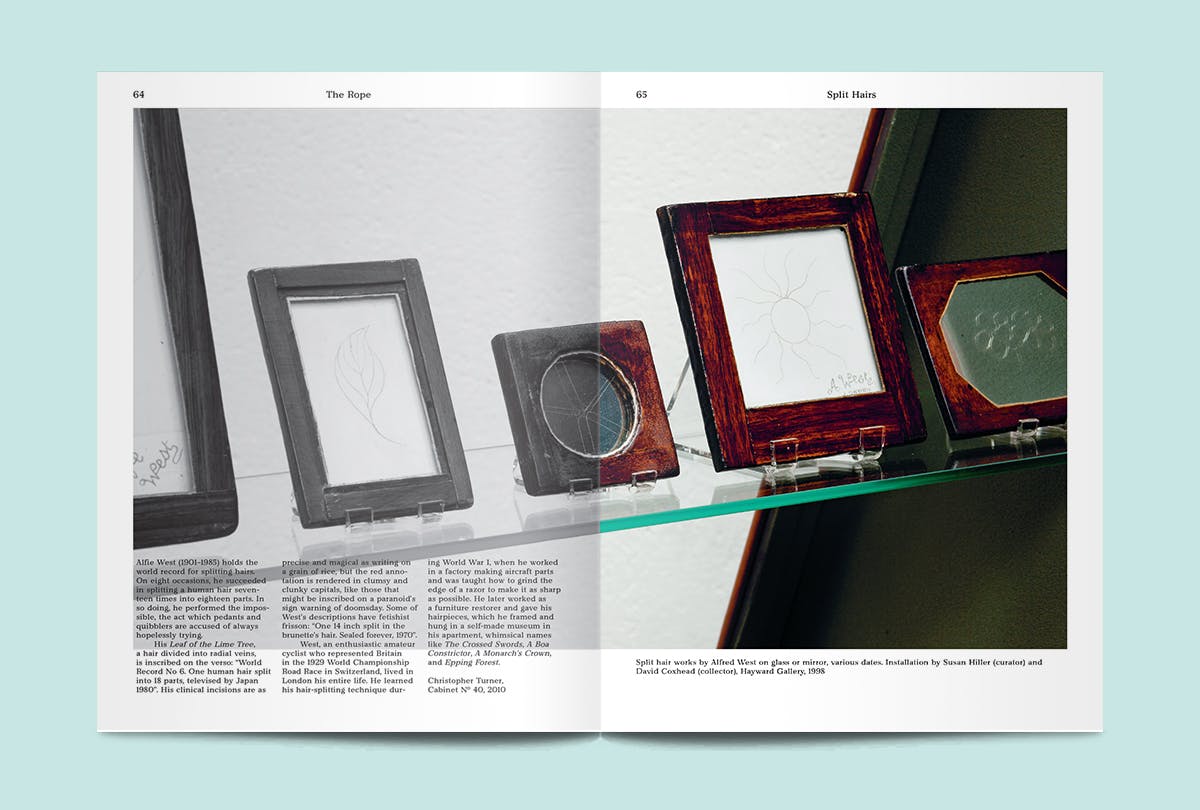Behind the scenes: MacGuffin magazine (Take 2)

MacGuffin magazine is the type of reading that makes you notice everything. Subtitled “The Life of Things”, it zooms right in on the granular, hidden, and always fascinating details of everyday objects that often go unnoticed.
We interviewed them for the first issue, The Bed, and the second examined The Window. Now, the third issue is dedicated to The Rope — cornrows, arctic cables, 15th-century codes in knotted rope, and much, much more. Editor Ernst van der Hoeven and graphic designer Sandra Kassenaar visited us at Somerset House during their event at the London Design Biennale to talk about this issue.
Tell us about MacGuffin and what you mean by ‘the life of things’.
Ernst: We’re not a design magazine; we don’t feature big names. It’s more about the afterlife [and before life] of things, the crafting, and the whole industry of making, and what that says about local heritages that are kept by the tradition of craft.
Sandra: A beautifully crafted object almost has a soul or a story within. In Japanese culture you have this wabi sabi idea of an animated object. If it breaks, when you repair it you add to the value of the thing, to its history and story. And it’s maybe different to how we deal with objects in the Western world.
What draws you personally to the art of craft?
Ernst: My mother is a textile artist, so I grew up in a house with a loom and a mother who really loved to create and repair things, her needlework was great. My personal love for crafts comes from the idea that a nicely crafted thing has a story to tell.
Sandra: The typeface we used is called Churchward Newstype, and it’s designed by a New Zealander Joseph Churchward, who made over 800 typefaces, all drawn by hand. He really was someone who made every typeface with an idea in mind — he made ones based on all of his daughters. One of them was rather plump, so he made this kind of chunky typeface called Mariana. My husband made a book about him, so I got to know a lot about his practice — if you talk about craft, this is definitely a link for me.
What were some of the objects that stood out in this issue?
Ernst: I was really overwhelmed by the beauty of Khipu. It’s a notation system from the 15th century; some people think it’s an alphabet, others say it’s just numbers. I think they used it for notating the amount of land, crop, harvest or cows. But it’s incredible that they’re knots. They were kept in drawers, and we were allowed to very carefully detach them — one Khipu took some hours, they were quite immense — and then you really feel so near to this history and the colour and the textile, it’s almost mythical.
What was the process like, collecting all this very granular information around rope?
Ernst: We wanted to have a material instead of an object this time — a rope is not necessarily an object, but it becomes one when you make a knot out of it, or a lasso, or tie something together. So we had these association sessions, and Chris Kabel, our editor at large, comes in as a person who really opens a lot of perspectives.
We really believe in being open, and sharing all information with all people. And also in being unexpected. For instance, if you think about rope you don’t instantly think about hair, and I think the split hair artist (below) that we feature is fantastic.
The magazine has an encyclopaedic feeling to it, covering everything from Japanese tug of war, to a think piece on the appropriation of cornrows (below). You could pick it up in 10 years and it would still be relevant.
Ernst: That’s exactly what we want. We want it to be a printed archive, a companion you can treasure, or a device for bringing serendipitous inspiration. We want the magazine to be about heritage, but to have all these connections with life today. One thing I think everyone has in common is the curiosity for techniques, other cultures, and the art of making.

This issue closes with Floris Hin, an obsessive collector of ropes (above).
Ernst: This is a good example of serendipity. When we were working on the knot story, and I called one of my friends living on a boat in Amsterdam to find out the best knot specialist. That led us to Floris Hin, and it was amazing because he opened a whole new universe of rope and stories. So instead of just having a series of rope, we also have a very nice interview almost as collateral catch from him.
It adds to the depth of the magazine too…
Ernst: It does, and there’s a lot of cross-referencing in the magazine itself. We have started to add in footnotes, for instance, ‘go back to this page’, or something, underlining how interlocked all these stories are.
Just like a rope!
Ernst: You always feel nostalgic when you finish a magazine, but we’re actually already starting to think about the next issue. We want to make a link with the kitchen somehow. I also think we can make one even more abstract and call it ‘the void’ or ‘the hole’, or even a colour like indigo, just to help people not understand us more (laughs).









